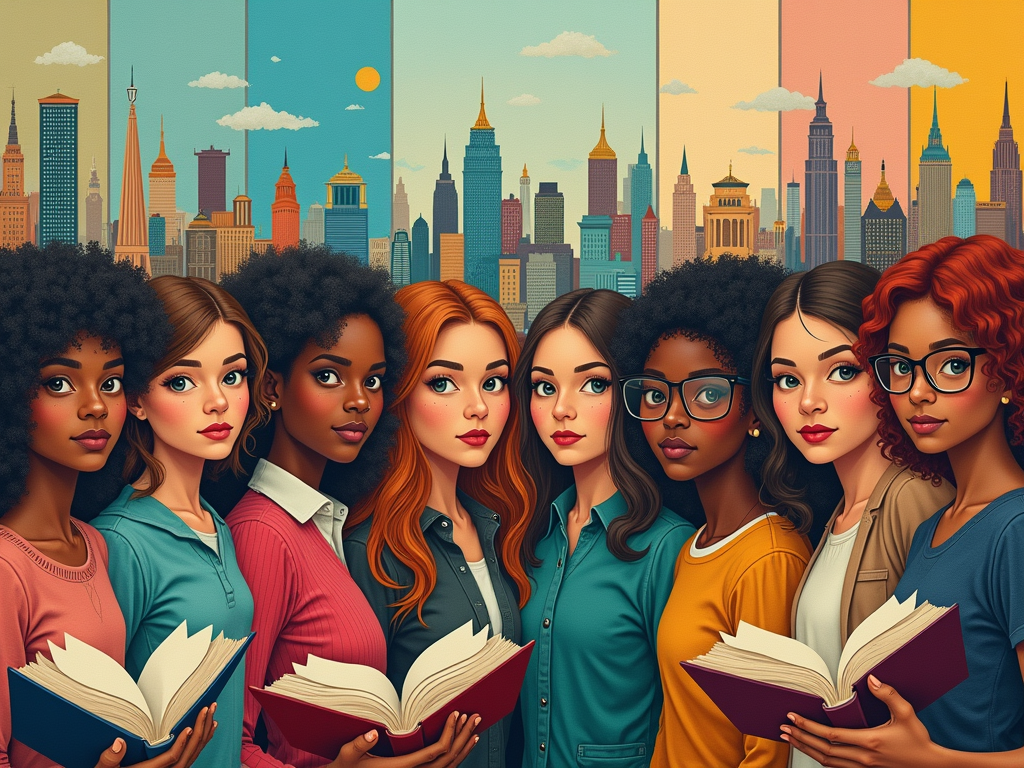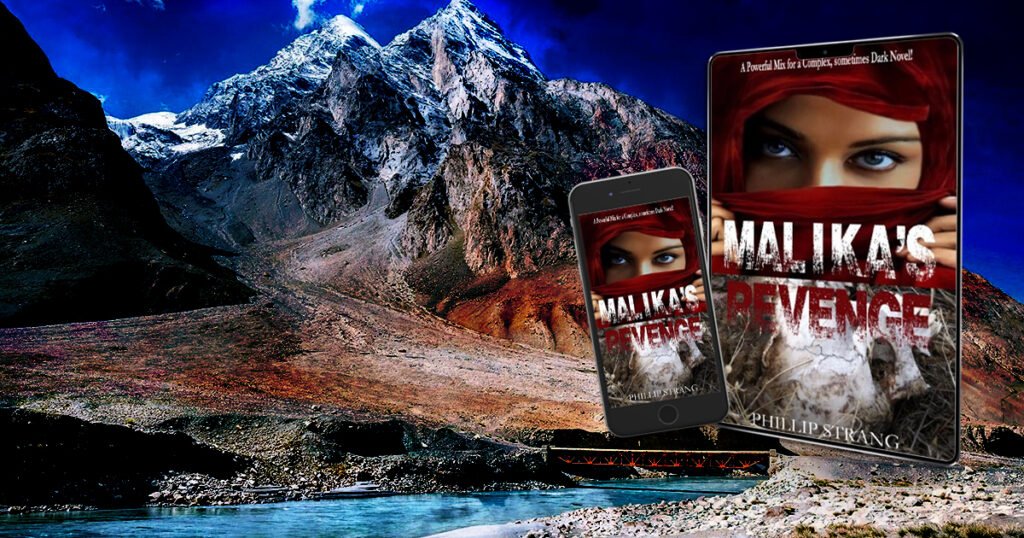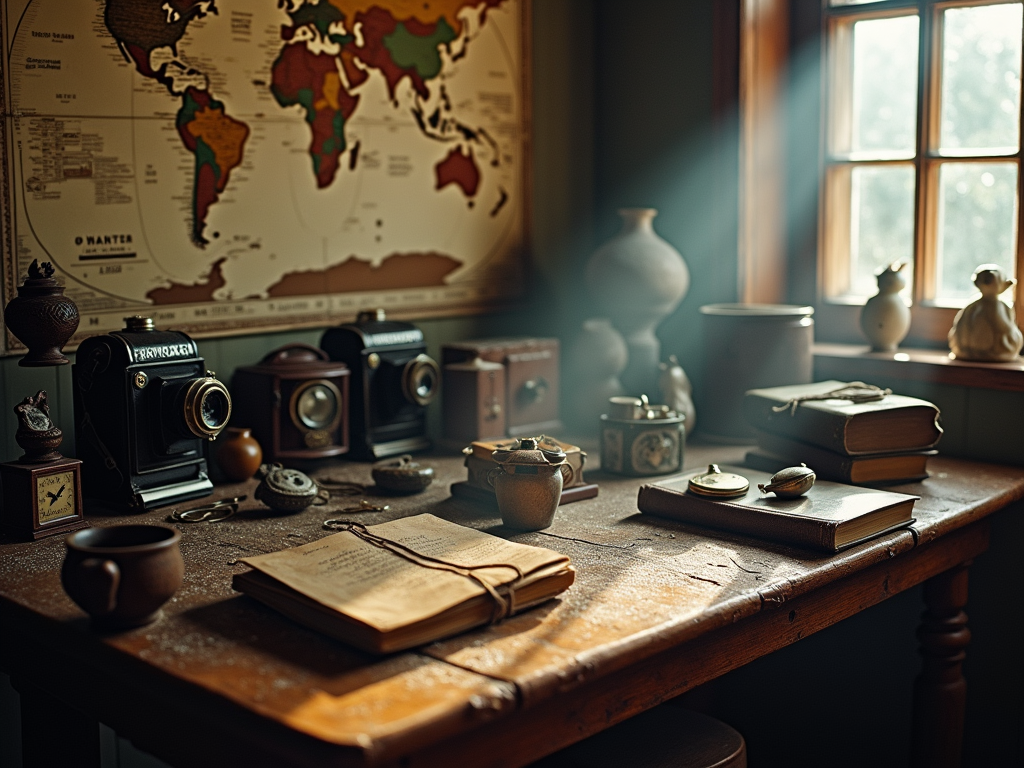Best Social Commentary Novels of the Last Twenty Years: Illuminating Our Complex Society
Best Social Commentary Novels of the Last Twenty Years In an era of rapid social change, technological advancement, and political upheaval, social commentary novels have emerged as powerful vehicles for exploring our world’s complex issues. The last twenty years have given rise to an impressive collection of literary works that entertain and challenge readers to consider pressing social concerns through compelling narratives. These best social commentary novels of the last twenty years have shaped discourse, sparked debate, and offered profound insights into the human condition during tumultuous times. The Evolution of Social Commentary in Modern Literature Social commentary in literature is hardly a new phenomenon, but the novels of the past two decades have approached social criticism with renewed urgency and contemporary perspectives. Unlike their historical predecessors, modern social commentary novels often blur genre boundaries, incorporating elements of speculative fiction, thriller, romance, and literary fiction to deliver their messages to diverse audiences. The best social commentary novels of the last twenty years have adapted to address emerging concerns such as climate change, digital surveillance, increasing wealth inequality, and identity politics. These works reflect a growing awareness of intersectionality, acknowledging how various forms of discrimination and privilege interact and affect individuals differently based on their unique social positions. Modern authors have also embraced more diverse voices and perspectives, moving beyond the traditionally dominant Western literary canon to include global perspectives that challenge readers to consider issues from multiple cultural viewpoints. This evolution has resulted in a rich tapestry of narratives that collectively provide a comprehensive critique of contemporary society. Dystopian Reflections of Present Realities Technological Critiques and Digital Dystopias Among the best social commentary novels of the last twenty years, works that examine our relationship with technology have been particularly impactful. Dave Eggers’ “The Circle” (2013) presents a chilling scenario where a powerful tech company gradually erodes privacy and personal freedom in the name of transparency and convenience. This narrative feels increasingly prescient as social media and digital surveillance expand their reach into our daily lives. Similarly, Gary Shteyngart’s “Super Sad True Love Story” (2010) imagines a near-future America obsessed with youth, consumerism, and constant digital connectivity. The novel’s depiction of people who can no longer communicate meaningfully face-to-face and a society where privacy has become obsolete is a powerful warning about current technological trends. Political and Economic Critiques The last two decades have also produced remarkable novels addressing political and economic systems. While set during the Civil War, George Saunders’s “Lincoln in the Bardo” (2017) offers a profound commentary on leadership, empathy, and national division that resonates strongly with contemporary political discourse. Meanwhile, Mohsin Hamid’s “Exit West” (2017) uses magical realism to explore refugee crises and migration, challenging readers to consider the human impact of border policies and xenophobia. The novel’s mysterious doors that transport people instantly across borders serve as a powerful metaphor for the arbitrary nature of national boundaries in a globalized world. Identity Politics and Social Justice Narratives The best social commentary novels of the last twenty years have increasingly focused on exploring identities previously marginalized in mainstream literature. These works examine race, gender, sexuality, and class with nuance and depth, contributing to broader social justice conversations. Race and Ethnic Identity Colson Whitehead’s Pulitzer Prize-winning “The Underground Railroad” (2016) reimagines the historical network that helped enslaved people escape to freedom as a literal subterranean train system. Through this speculative lens, Whitehead delivers a searing commentary on America’s racial history and its enduring legacy of inequality. The novel offers a compelling examination of race through the experiences of a Nigerian woman who immigrates to America. The novel explores how racial identities are constructed differently across cultures and how these constructions affect personal relationships and opportunities. Gender and Sexuality Among the best social commentary novels of recent years, many have tackled gender dynamics and sexual politics. Meg Wolitzer’s “The Female Persuasion” (2018) traces the evolution of feminist thought across generations, exploring the compromises and contradictions inherent in movements for social change. Garth Greenwell’s “What Belongs to You” (2016) examines desire, shame, and power dynamics through the relationship between an American teacher and a young Bulgarian man. The novel offers insight into how sexuality intersects with economic inequality and cultural differences. Environmental Concerns and Climate Fiction As climate change has emerged as one of the defining challenges of our time, many of the best social commentary novels of the last twenty years have addressed environmental themes. This genre, sometimes called “cli-fi,” uses fictional narratives to explore the human dimensions of ecological crisis. Richard Powers’ “The Overstory” (2018) weaves together the stories of nine characters whose lives are transformed by their experiences with trees. The novel serves as both a celebration of the natural world and a lament for humanity’s destructive relationship with it, challenging readers to reconsider their connection to non-human life. Barbara Kingsolver’s “Flight Behavior” (2012) uses monarch butterflies’ disrupted migration pattern as a backdrop for exploring climate denial, scientific literacy, and rural poverty. Through the perspective of a young Appalachian woman, Kingsolver creates a narrative that bridges political divides on environmental issues. Global Perspectives and Post-Colonial Narratives The international scope of the best social commentary novels of the last twenty years reflects an increasingly interconnected world. Authors writing from post-colonial perspectives have created powerful works examining imperialism’s lasting impacts and the complex realities of globalization. Arundhati Roy’s “The Ministry of Utmost Happiness” (2017) is a sprawling narrative encompassing various social and political struggles in contemporary India, from Kashmir’s independence movement to the treatment of transgender individuals. The novel serves as both a critique of nationalist politics and a celebration of resilience in the face of oppression. Mohsin Hamid’s “The Reluctant Fundamentalist” (2007) explores the aftermath of 9/11 through the perspective of a Pakistani man who becomes disillusioned with America. The novel’s ambiguous ending and conversational structure challenge Western readers to consider how American foreign policy and cultural attitudes are perceived abroad. The Impact of Social Media and Information Technology Several of the best social commentary novels of the









